Quality Rating 5: Developmental Progress
Instructions
To meet the requirements for Developmentally Appropriate Learning and Practice: Developmental Progress: DAP 9.5, you will upload:
- A statement that describes your program’s ongoing assessment practices that include:
Observation- How your program uses observation to monitor children’s progress
- Who conducts observations and child assessments
- When and how often observations and child assessments are completed
- How information from observations and child assessments are used to inform program activities
Other Assessment Tools
- Developmental checklists designed for, or aligned with, your program’s curriculum
- Anecdotal Records
- Portfolios
- A sample child assessment tool used in your program
The Policy or Statement Builder provides a step-by-step guide for creating your statement.
Ongoing Observation and Assessment Practices
Without even noticing, you watch children and you learn about them. You listen and you learn about them. You talk with children and you learn about them. Observing can give insight about how each child thinks, hears, and learns. You use what you learn to plan lessons and activities or select materials that will encourage each child’s growth, development, and learning.
Observation and other assessment methods such as anecdotal records, portfolios, and checklists designed for, or aligned with, curriculum are useful in monitoring children’s developmental progress. Information from a variety of assessment tools can be used to adjust activities that offer new challenges and experiences, and support children’s development, learning, and success.
What practices does your program use to observe children in your care?
Here are several useful tools and techniques:
Anecdotal Records:
Anecdotal records are detailed notes about the children in your program. You only need a pen, paper, sticky notes, or an electronic device to record the information. These notes should include the child’s name, date/time/setting, what the child said, what the child did, and how they interacted with materials or other people. Simply record what you see and hear while the child is involved in different activities. It’s important to keep personal feelings and opinions out of your notes—focus on being objective.
Checklists:
Developmental checklists focus on specific skills or behaviors and are a good tool to record development and growth. Checklists offer insight into which skills a child can or cannot complete. Checklists are also a great resource to help providers plan lessons, choose appropriate materials, and set goals for each child. The Centers for Disease Control and Prevention (CDC) offers a free Developmental Milestone Checklist for providers.
Work Sampling/Portfolios:
Work sampling involves collecting examples of children’s writing, drawing, artwork, dictated stories, and language samples. Photographs or videos of children creating work and audio recordings of children talking and discussing what they are creating can also be part of work sampling.
These examples can then be organized into a binder, electronic file, or other collection as a portfolio of the child’s progress. Portfolios offer providers and families a physical timeline of a child’s work and can be used in determining strengths and challenges for each child.
More information on work sampling can be found on the Early Childhood Learning and Knowledge Center website.
Conversations and Interviews:
Showing interest, listening, asking open-ended questions, and putting the focus on the child and their thinking helps you gain valuable information and insight.
To make the most of observations, combine being a participating observer and an observer who stands back. Conduct ongoing observations to gain the most insight. The more you watch, listen and talk to children, the more you learn about them. Use the information gained from observation to create a nurturing environment that encourages learning and development. By using observation tools and techniques and sharing information with families, you are supporting children’s success, learning, and development.
Learn more about conducting objective observations and using observations to plan meaningful learning experiences in Enrichment Resources.
What does the documentation look like?
- A statement clearly explains your program’s use of observation and ongoing assessment tools to monitor children’s progress. Your statement describes:
Ongoing Observation Practices:
- How your program conducts observations
- Who conducts the observations
- When and how often observations are conducted
- How information from observations is used to monitor children’s progress and inform program activities
Ongoing Assessment Practices:
- Developmental checklists designed for, or aligned with, your program’s curriculum
- Anecdotal records
- Portfolios
- A sample child assessment tool used in your program
Policy or Statement Builder
Develop a statement that describes how your program uses observation to learn about, plan lessons for, and monitor the developmental progress of the children in your program. The Reflection Questions below will help you think about what you do in your program to capture it when creating your statement. Once you have spent time reflecting on the questions below, you’re ready to write your Developmental Progress Statement.
Do you need more time to think about writing your statement? Use Writers Tips and Prompts to find examples and get more guidance.







